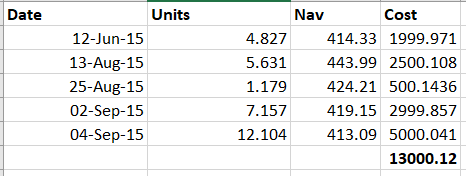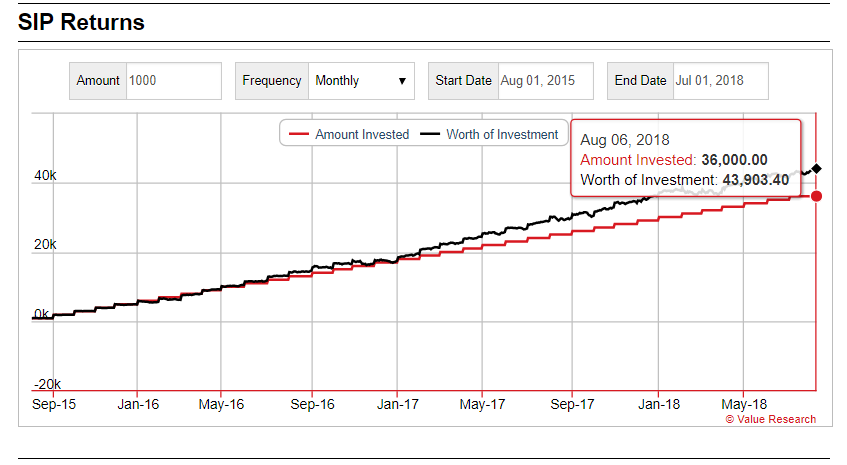@ruffles,
The businesses you cite are all cyclical in nature. Investing in cyclical businesses like Textile, Sugar, Steel, Cement, etc. is very different from investing in secular businesses like Staples, Consumption, etc.
Earnings of cyclical businesses go through steep crests and troughs in one complete business cycle – they look great when the going is good but fall drastically when the cycle turns. This is because their top-line shrinks due to 1) cyclical drop in demand and rise in raw material prices; 2) oversupply which leads to heightened competition; and 3) fall in per unit pricing due to a combination of the first two factors. This creates negative operating leverage for these companies and their profits decline significantly. The situation is worsened when most companies are busy executing their capex and expansion plans, which hurts profitability even further.
So, while investing in cyclicals is extremely profitable, the business cycle of cyclicals should not be judged from the demand-side since demand if very hard to predict. Rather, you should look at supply-side indicators. The right time to buy them is 1) when you see consolidation happening in the sector (M&As); 2) capacities shutting down as weaker players find business unsustainable; 3) capex phase for good players nearing an end; 3) RoEs at cyclical lows; 4) P/Es looking extremely high due to depressed profits; and 5) huge operating leverage created on balance sheets (asset turnover will fall).
The other important point in cyclical investing is that while you can adopt a buy and hold strategy for secular businesses, you can’t do that for cyclical ones. As their earnings rise and fall in a cycle, so does their stock price. So, if you hold them for a complete cycle then you will just about get your money back or make modest returns which might even be lower than what you can get through fixed income instruments. You have to buy when the supply-side indicators line-up and sell at highs leaving some profits on the table because predicting exactly till when the demand upsurge will last is tough, if not impossible. One early indicator to start selling is when the P/Es start looking normal and you hear people talk about how these businesses have become secular stories that will grow indefinitely into the future.
Coming specifically to the textile exporters, the issues that have hurt them in the last 8-10 quarters, in my view are: 1) downturn in demand after the upsurge in 2010-2015; 2) cyclical upswing in cotton prices; 3) heightened competition from African, Bangladeshi, and Pakistani players; 4) 2017 was bad from a regulatory perspective with GST + withdrawal of duty benefits + no FTA with EU; 5) poor performance of end-clients (U.S. retailers) due to competition from Amazon (this led to de-stocking and even bankruptcy of some retailers); and 6) capex by these players to expand capacity and build B2C brands. The result has been poor earnings by large players while smaller players in Surat etc. are struggling for survival and are shutting down shop.
Now, if you evaluate the current situation, the GST + duty issues have been resolved and the revised import duty should also help a bit. Dollar has strengthened against the INR. Capex spending seems to be more than half done, if not more. U.S. economy is on the mend and performance of end-clients is bottoming out though I am not 100% sure about their ability to compete against Amazon (the comments of Welspun and Indo Count are divergent on this point) – this is a key monitorable for me and could affect my decision to buy these businesses or not since this is not a cyclical issue, rather a structural one. I do expect some consolidation in the sector before the down cycle ends. So while we still do not have all ducks lined-up in a row, it is safe to assume that we are closer to the bottom of the cycle than the top. I personally expect things to look better 2019-20 onward and am monitoring it closely. But as I said, timing it is impossible (one always gets it wrong) so you need to focus on players that have the balance sheet strength to survive even if the downturn lasts one or two years more than you expect.
I hope this helps.
Disclosure: I am not a registered investment advisor so please do your due-diligence before making any investment decisions. I currently do not own any of the stocks discussed above but am monitoring them. I may or may not add them to my portfolio at any time.




